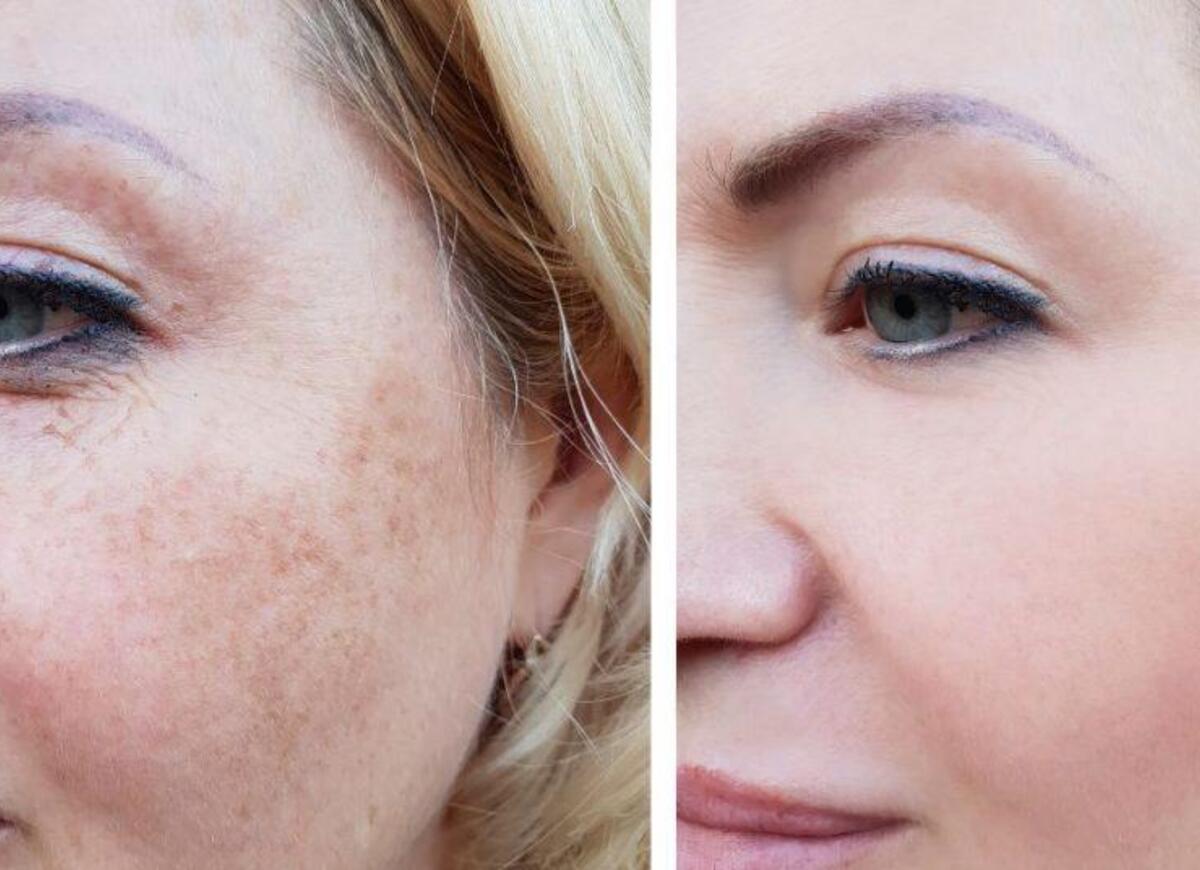Hyperpigmentation is one of the most common skin concerns, affecting people of all ages and skin types. Whether caused by sun exposure, hormonal changes, or acne scars, dark spots can be a source of frustration. The good news? Hyperpigmentation treatments are evolving rapidly, with new methods making waves on social media platforms. From cutting-edge clinical procedures to at-home remedies, there’s a solution for everyone.
In this blog, we’ll explore the latest hyperpigmentation treatment options that have become the talk of the town and explain how they can help achieve effective pigment reduction.
Why Is Hyperpigmentation a Growing Concern?
Hyperpigmentation occurs when the skin produces excess melanin, leading to dark patches or spots. Factors like UV damage, inflammation, and hormonal shifts often exacerbate the issue.
On social media, influencers and dermatologists are bringing much-needed attention to this problem, making hyperpigmentation treatment a hot topic. As awareness grows, so does the demand for effective and accessible solutions.
Top Hyperpigmentation Treatments Trending Online
1. Chemical Peels
Chemical peels are a proven solution for targeting hyperpigmentation. They work by exfoliating the skin’s surface, revealing brighter and more even skin tones beneath.
Why It’s Popular:
- Visible results after a few sessions.
- Social media influencers often showcase their “before and after” transformations.
- Suitable for various skin types.
For those seeking faster pigment reduction treatment, chemical peels offer significant results without invasive procedures.
2. Laser Therapy
Laser therapy has become a favorite in the world of skincare, offering precision in targeting pigmentation. Popular treatments like Q-switched lasers and PicoSure are frequently recommended by dermatologists.
Key Benefits:
- Targets melanin-producing cells without harming surrounding skin.
- Provides long-term results with minimal downtime.
Videos demonstrating the quick and effective results of laser therapy are gaining millions of views on platforms like TikTok and Instagram.
3. Topical Treatments with Active Ingredients
Topical treatments featuring ingredients like hydroquinone, retinoids, and vitamin C are staples in addressing hyperpigmentation.
What Makes Them Effective:
- Affordable and easy to incorporate into daily routines.
- Widely endorsed by dermatologists on social media.
- Gradual improvement with consistent use.
Many influencers share their daily skincare routines, highlighting how these products contribute to pigment reduction treatment over time.
4. Microneedling
Microneedling is a minimally invasive procedure that boosts collagen production and helps improve skin texture and tone.
Why It’s Gaining Traction:
- Effective for stubborn pigmentation issues.
- Frequently recommended as a combination treatment with chemical peels or serums.
- Tutorials on how it works are among the most-watched skincare videos online.
5. At-Home Remedies with Social Proof
DIY treatments, like masks made from turmeric or aloe vera, are also popular for their affordability and accessibility.
What Makes Them Viral:
- Shared widely by beauty bloggers and skincare enthusiasts.
- Often backed by anecdotal evidence from large audiences.
- Paired with disclaimers encouraging patch testing for safety.
While not as effective as clinical options, these remedies highlight the power of social proof and community-driven solutions.
How to Choose the Right Hyperpigmentation Treatment
Selecting the ideal solution depends on factors like skin type, severity of pigmentation, and budget. Consulting a dermatologist is always recommended before starting any treatment.
Questions to Consider:
- What is the root cause of your hyperpigmentation?
- Are you looking for immediate results or gradual improvement?
- Do you prefer professional treatments or at-home solutions?
By understanding your needs, you can choose a hyperpigmentation treatment that aligns with your goals while ensuring safety and efficacy.
The Role of Social Media in Skincare Awareness
Social media platforms have revolutionized how we discover skincare solutions. Trends like #SkincareRoutine and #HyperpigmentationTreatment have millions of views, connecting users to dermatologists and trusted products.
The Benefits of Following Social Media Trends:
- Access to real user experiences and reviews.
- Visibility into the latest pigment reduction treatments.
- Motivation to stay consistent with skincare routines.
However, it’s important to separate credible advice from unverified claims. Always seek professional opinions before starting new treatments.
Why Addressing Hyperpigmentation Matters
Dark spots and uneven skin tone can impact confidence, making hyperpigmentation treatment more than just a cosmetic solution—it’s an investment in self-care.
Benefits of Effective Treatments:
- Enhanced skin clarity and radiance.
- Boosted self-esteem.
- Prevention of future pigmentation issues with proper care.
Taking action today ensures that your skin remains healthy and glowing for years to come.
Crux
Hyperpigmentation doesn’t have to hold you back. Whether you’re drawn to the latest social media trends or prefer tried-and-tested clinical methods, there’s a solution for you.
Connect with a skincare professional to discover the most effective hyperpigmentation treatment for your needs and start your journey toward clear, radiant skin.
FAQs:
1. What is hyperpigmentation?
Hyperpigmentation is a common skin condition where certain areas of the skin become darker than the surrounding skin. It occurs due to an overproduction of melanin, the pigment responsible for skin color.
2. What causes hyperpigmentation?
Hyperpigmentation can be caused by:
- Sun exposure
- Hormonal changes (e.g., during pregnancy or due to oral contraceptives)
- Skin injuries (post-inflammatory hyperpigmentation from acne, cuts, or burns)
- Certain medications
- Medical conditions such as melasma or Addison’s disease
3. What are the types of hyperpigmentation?
The common types include:
- Melasma: Triggered by hormonal changes and sun exposure
- Post-inflammatory hyperpigmentation (PIH): Occurs after skin inflammation or injury
- Sunspots (solar lentigines): Caused by prolonged sun exposure
4. What treatments are available for hyperpigmentation?
There are several treatment options, including:
- Topical treatments: Containing ingredients like hydroquinone, retinoids, azelaic acid, kojic acid, and vitamin C
- Chemical peels: Mild to medium peels using glycolic acid, salicylic acid, or lactic acid
- Laser therapy: Targeted laser treatments to reduce pigmentation
- Microdermabrasion or dermabrasion: Exfoliation techniques to improve skin texture and tone
- Oral medications: In some cases, supplements or medications may be prescribed
5. Are there natural remedies for hyperpigmentation?
While natural remedies like aloe vera, turmeric, and licorice extract are popular, their effectiveness varies. It is advisable to consult a dermatologist before relying on home remedies.
6. How long does it take to see results from treatments?
The timeline depends on the treatment method and the severity of the hyperpigmentation. Topical treatments may take 8-12 weeks, while procedures like chemical peels or laser therapy can show faster results. Consistency and sun protection are crucial.




